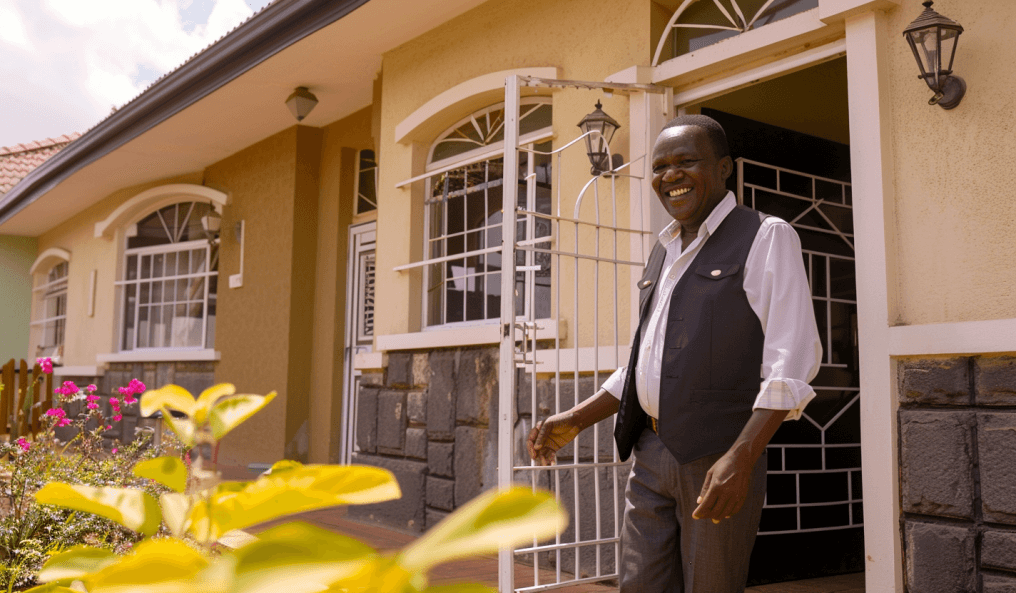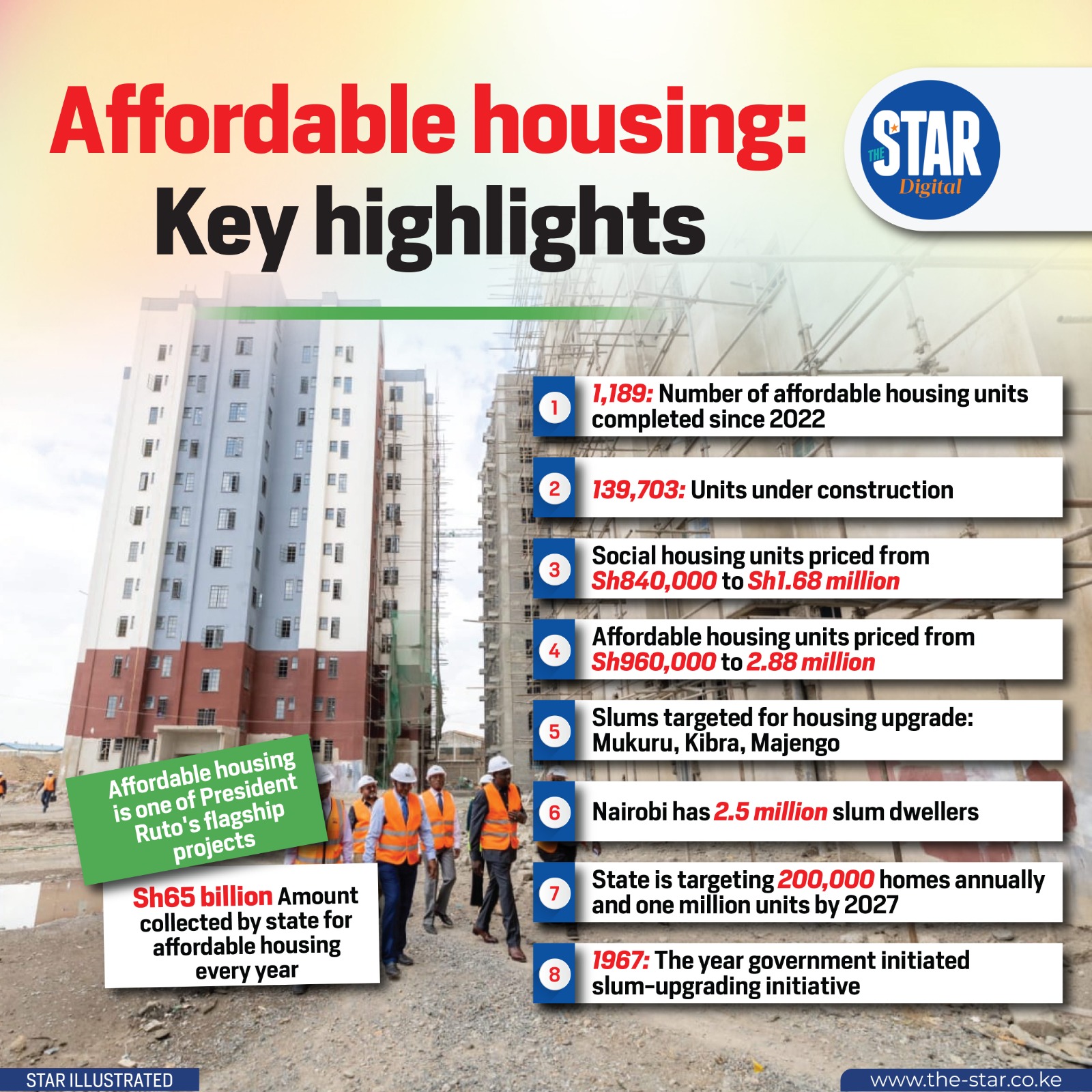Kenya's coastline, a prime area for tourism and residential property, faces increasing threats from climate change. By 2025, the impacts of sea-level rise, coastal erosion, and extreme weather events are becoming more evident, posing significant risks to property investments. This article explores these challenges and potential resilience strategies.
1. Understanding Climate Change Impacts on the Kenyan Coast
Scientific evidence of sea-level rise along the Kenyan coast. Increased frequency and intensity of coastal flooding and storm surges. Accelerated coastal erosion and loss of beachfront land. Saltwater intrusion into freshwater sources. Impact on marine ecosystems (coral reefs, mangroves) that provide natural coastal protection.
2. Vulnerable Areas and Property Types
Identifying high-risk zones in Mombasa, Diani, Malindi, Watamu, Lamu, and other coastal settlements. Properties most at risk: beachfront hotels and villas, low-lying residential areas, and critical infrastructure (ports, roads).
3. Risks for Coastal Property Owners and Investors
Property damage and loss from flooding and erosion. Increased insurance costs or unavailability of coverage. Declining property values in high-risk areas. Loss of rental income and tourism revenue. Displacement of communities.
4. Building Resilience: Adaptation Strategies
- Hard Engineering Solutions: Seawalls, groynes, breakwaters – their effectiveness, costs, and potential negative impacts.
- Soft Engineering / Nature-Based Solutions: Beach nourishment, mangrove restoration, dune stabilization – promoting natural coastal defenses.
- Policy and Planning Measures: Enforcing setback lines, updating building codes for coastal areas, integrated coastal zone management (ICZM) plans, managed retreat in extremely vulnerable areas.
- Property-Level Adaptations: Elevating buildings, using flood-resistant materials, creating natural buffers (vegetation).
5. The Role of Environmental Impact Assessments (EIAs)
Importance of rigorous EIAs for all new coastal developments to assess climate risks and incorporate adaptation measures from the design stage.
6. Insurance and Financial Mechanisms
The evolving role of the insurance industry in covering climate-related risks. Potential for climate risk disclosure requirements for property sales. Need for innovative financing for adaptation projects.
7. Community Involvement and Awareness
Engaging local communities in understanding climate risks and participating in adaptation planning. Importance of traditional knowledge in coastal management.
Conclusion
Climate change poses a serious and growing threat to coastal properties in Kenya. Addressing these risks in 2025 requires a multi-faceted approach involving government policies, private sector investment in resilient infrastructure, community action, and individual property owner preparedness. Proactive adaptation is crucial to protect investments and ensure the long-term sustainability of Kenya's coastal regions.




